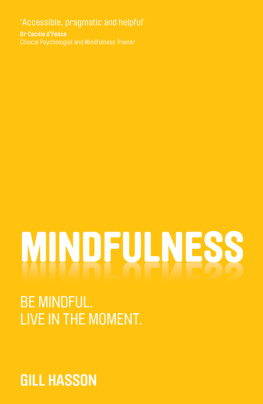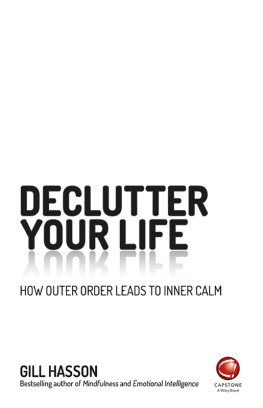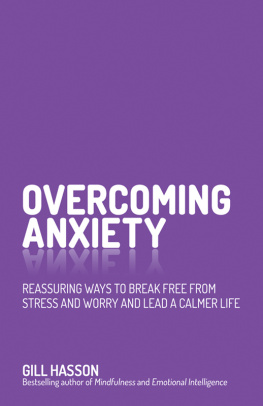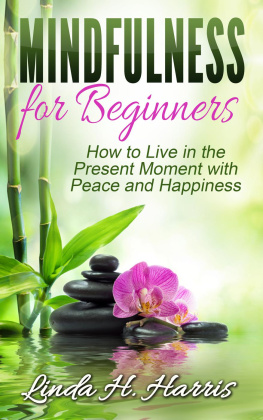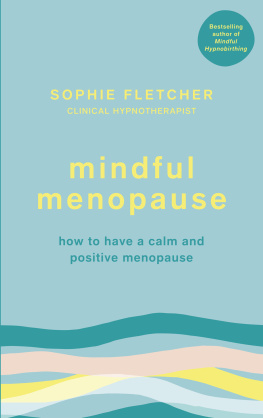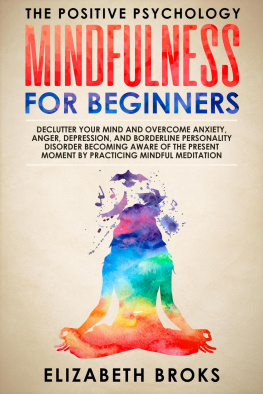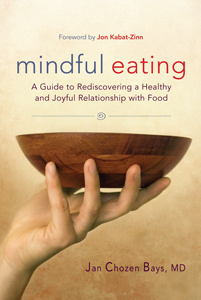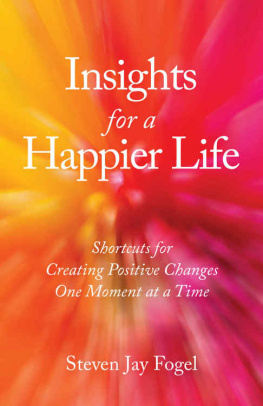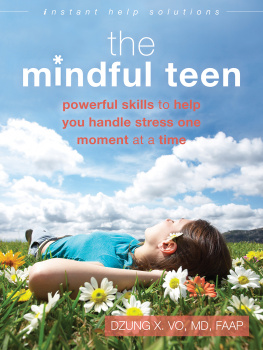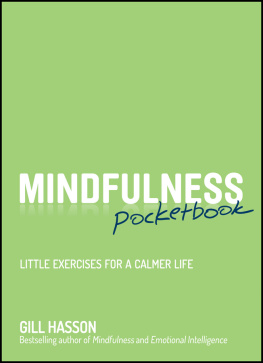
Table of Contents
Cover design: Binary and the Brain
2013 Gill Hasson
Registered office
Capstone Publishing Ltd. (A Wiley Company), John Wiley and Sons Ltd, The Atrium, Southern Gate, Chichester, West Sussex, PO19 8SQ, United Kingdom
For details of our global editorial offices, for customer services and for information about how to apply for permission to reuse the copyright material in this book please see our website at www.wiley.com.
The right of the author to be identified as the author of this work has been asserted in accordance with the Copyright, Designs and Patents Act 1988.
All rights reserved. No part of this publication may be reproduced, stored in a retrieval system, or transmitted, in any form or by any means, electronic, mechanical, photocopying, recording or otherwise, except as permitted by the UK Copyright, Designs and Patents Act 1988, without the prior permission of the publisher.
Wiley publishes in a variety of print and electronic formats and by print-on-demand. Some material included with standard print versions of this book may not be included in e-books or in print-on-demand. If this book refers to media such as a CD or DVD that is not included in the version you purchased, you may download this material at http://booksupport.wiley.com. For more information about Wiley products, visit www.wiley.com.
Designations used by companies to distinguish their products are often claimed as trademarks. All brand names and product names used in this book and on its cover are trade names, service marks, trademark or registered trademarks of their respective owners. The publisher and the book are not associated with any product or vendor mentioned in this book. None of the companies referenced within the book have endorsed the book.
Limit of Liability/Disclaimer of Warranty: While the publisher and author have used their best efforts in preparing this book, they make no representations or warranties with the respect to the accuracy or completeness of the contents of this book and specifically disclaim any implied warranties of merchantability or fitness for a particular purpose. It is sold on the understanding that the publisher is not engaged in rendering professional services and neither the publisher nor the author shall be liable for damages arising herefrom. If professional advice or other expert assistance is required, the services of a competent professional should be sought.
Library of Congress Cataloging-in-Publication Data
To Follow
A catalogue record for this book is available from the British Library.
ISBN 978-0-857-08444-6 (paperback) ISBN 978-0-857-08443-9 (ebk)
ISBN 978-0-857-08442-2 (ebk) ISBN 978-0-857-08441-5 (ebk)
For my Dad who died while I was writing this book.
He always knew that the present moment is life itself.
Introduction
Recently, I listened to a palliative care nurse talking about her work with terminally ill patients. She explained that a key aspect of her work was to help provide a sense of now for the dying; to enable people to make the most of their time; to live their life with purpose, dignity and support; to make the most of the present, rather than getting too caught up in regrets for the past or fears for the future.
Her work is clearly meaningful and valuable. But listening to this nurse, it made me wonder why so many people might wait till they're dying to learn how to make now such an important part of their life.
From the moment we're born, now is always what we have. There is never a time when our lives are not now, in this moment. The present moment is, in fact, life itself!
Life unfolds in the present.
As George Harrison once said: It's being here now that's important. There's no past and there's no future all there is ever, is the now. We can gain experience from the past, but we can't relive it; and we can hope for the future, but we don't know if there is one.
How can you make the most of now? By learning to be mindful.
You may think that being mindful requires an ability to completely clear your mind and go off into an altered state in an attempt to get to a better place. Not so; mindfulness does not involve complex meditation routines. Mindfulness is not about having an empty mind or suppressing thoughts and feelings. Nor does it require years of practice, sitting in the lotus position in a flowing white robe on a beautiful beach.
There are two ways of practising mindfulness; the formal way and the informal way.
Formal mindfulness is probably better known as meditation; it involves following established practices; taking time out of your day to be still and silent, to focus on your breath, to be aware of sounds, senses, thoughts and feelings.
Informal mindfulness requires no conventions. It simply means bringing mindful awareness to everyday life; to daily activities such as eating, walking, driving and housework. Informal mindfulness is also part of your interactions with other people; at work, at home and in your social life.
This book is concerned with informal mindfulness it is about mindfulness outside of meditation.
Your mind is able to think back and reflect on past events and experiences. Your mind can also think about the future; it can plan ahead.
Of course, your mind can wander to good things; you can remember good times and anticipate forthcoming events. But this ability to think back to the past and forward to the future is not always an unmitigated blessing.
Too often, life is racing by. There's no time to experience what's happening now, because you're busy thinking about what needs doing tomorrow or you're distracted by thoughts about what did or didn't happen yesterday. And all the time your mind is chattering with commentary or judgement.
Other times you can get stuck in the past, going back over and over events or becoming paralyzed by worries about the future.
Why mindfulness is so relevant to our lives now
At its most extreme, worrying about the future can lead to anxiety disorders. Dwelling on the past can lead to depression.
Research1 shows that the number of people in England who experience depression and anxiety has slowly but steadily risen in the last 20 years.
In 1993, depression with anxiety was experienced by 7.5% of the population, rising to 9.7% in 2007. Generalized anxiety disorder was experienced by 4.45% of the population in 1993 rising to 4.7% in 2007.
Feeling overwhelmed by the past or the future takes us away from living in the now, in the present. Too often, we let the present slip away. It's easy to waste now time, missing what is happening in the only moment that really exists.
When you're at work, for example, you're thinking about being on holiday; on holiday, you're worrying about the work piling up on your desk.
Nowadays, to make matters worse, you can take your phone and computer on holiday with you so that wherever you go, you are never actually there! Computers, smart phones, MP3 players; there are plenty of ways that modern technology can make you lose touch with what is happening and where you are right now.
Mindfulness enables you to experience and appreciate your life instead of rushing through it, constantly trying to be somewhere else.
Mindfulness is the ultimate mobile device; you can use it anywhere, anytime, unobtrusively.
Sharon Salzberg
Mindfulness is a way of living your life so that you are in the present moment more often. It involves bringing your awareness back from the future or the past and into the present moment. You are not trying to get to a better place or to become a better person you are already there.

